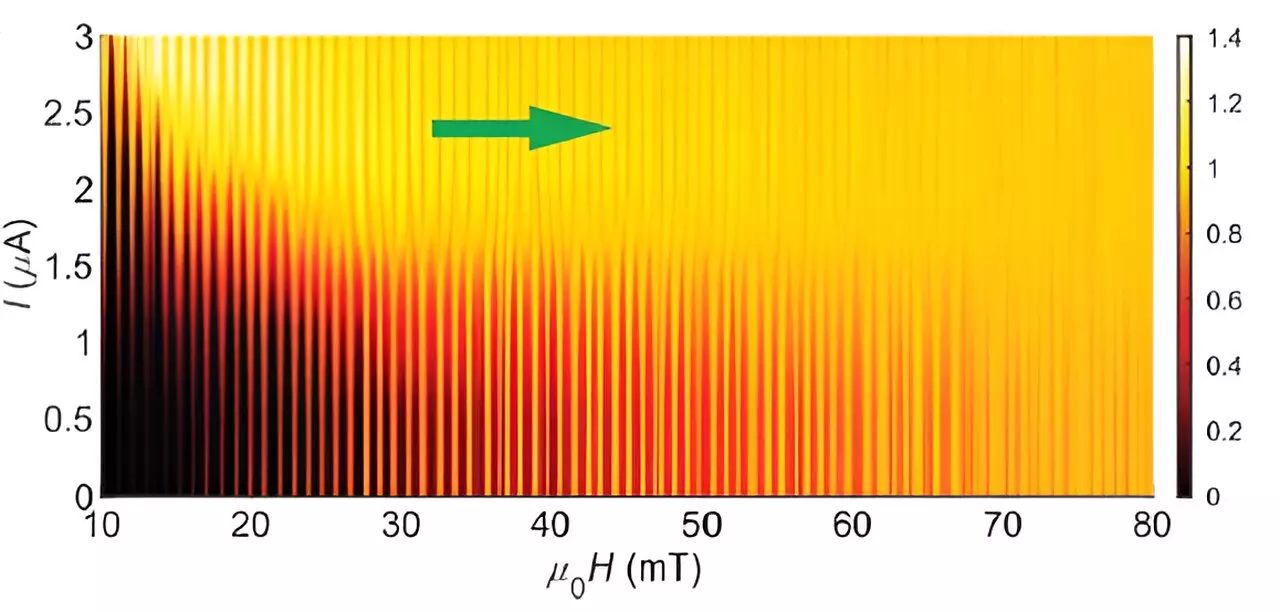The concept of topological materials involves materials with unique properties due to the knotted or twisted nature of their wavefunctions, which guide the behavior of electrons within them. These materials exhibit edge states where the wavefunction must unwind at the boundaries, leading to distinct behaviors of electrons at the edges compared to the bulk material. When topological materials also exhibit superconducting properties, the edge and bulk regions behave differently, similar to two non-merging pools of water.
A recent study in Nature Physics focused on the topological material molybdenum telluride (MoTe2) and its superconducting edge currents. The research indicated that these edge currents can accommodate significant changes in the “glue” that holds superconducting electrons paired. This glue is essential for enabling the flow of electricity without resistance in superconductors.
The existence of topological superconductors, predicted by theory, opens up possibilities for the next generation of quantum technologies. These materials contain special particles known as anyons, which possess unique properties such as remembering their positions. This characteristic can be harnessed for performing quantum computing operations with error protection mechanisms. Additionally, topological superconductors feature edge supercurrents that offer avenues for creating and controlling anyons, contributing to the development of quantum technologies and energy-efficient electronics.
To enhance the pair potential in MoTe2, researchers deposited niobium (Nb) on top of the material, leveraging Nb’s stronger pair potential. This process resulted in the spillage of Nb’s pair potential into MoTe2, temporarily strengthening the glue that holds electron pairs together. However, it also revealed challenges in seamlessly integrating the pair potentials of Nb and MoTe2, leading the edge electrons to switch between the two potentials based on prevailing conditions. The oscillations observed in supercurrents reflected this interplay between different pair potentials, with noisy oscillations occurring when there was a mismatch between edge and bulk potentials.
The study not only confirmed the presence of edge supercurrents in topological superconductors but also demonstrated their potential for monitoring the behavior of superconducting electrons. By understanding and controlling these edge currents, researchers can pave the way for the development of advanced quantum technologies and explore new possibilities for energy-efficient electronics.
The exploration of topological superconductors represents a significant step towards harnessing unique quantum properties for technological advancements. By studying the interplay between edge and bulk behaviors in these materials, researchers can unlock new ways of manipulating electrons and developing innovative quantum technologies with vast potential for various applications.


Leave a Reply